How positive change on beef farm grew from tragedy
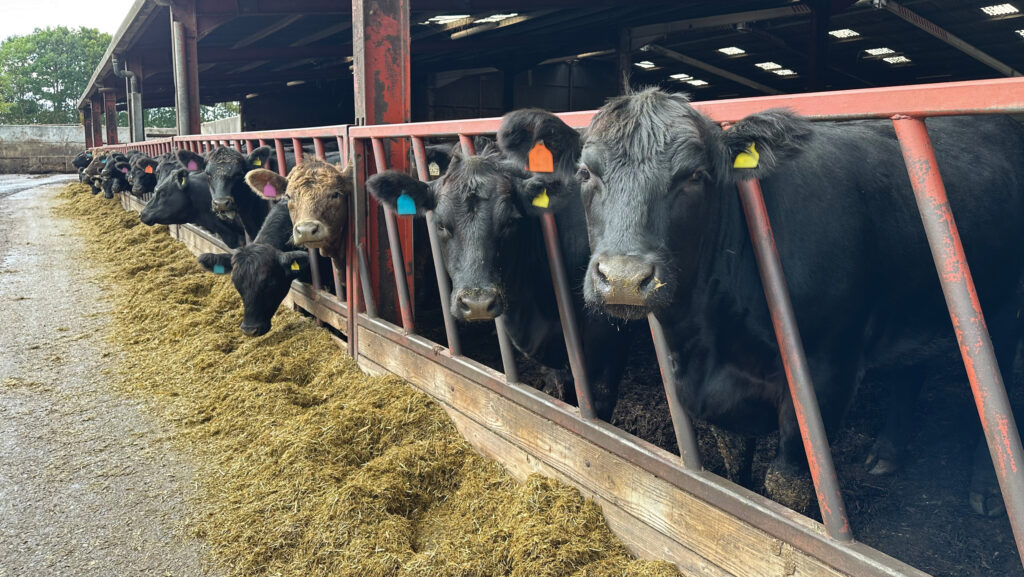 © MAG/Judith Tooth
© MAG/Judith Tooth When Kent farmer Edward Hulme died suddenly three years ago, aged just 43, his widow, Lou, vowed to continue the beef enterprise he had worked so hard to build.
Had the harsh realities of farming dampened her resolve, no one would have blamed her.
Instead, the suckler herd has expanded, the finishing yards are growing cattle more quickly, and cost structures are more robust at Merton Farm, Canterbury.
See also: Widow to carry on farming in memory of her ‘wonderful’ late husband
Edward’s death came just before the 2022 Farmers Weekly Awards, which he had been due to attend as a finalist.
Farm facts
Merton Farm, Canterbury, Kent
- 1,852ha owned/tenanted land plus grazing licences
- Closed herd of 500 spring-calving (in 10-12 weeks) Angus cross continental suckler cows put to pedigree Angus bulls
- All cattle rations home-grown
- Finished cattle sold mainly to Dovecote for Waitrose, plus Ashford market
- Arable cropping of wheat, oilseed rape, beans, two-year grass leys; forage and grain maize
- 202ha orchard plus cold storage and packhouse
- New 29ha vineyard of Chardonnay grapes
- Countryside Stewardship (Mid Tier/Higher Tier) and Sustainable Farming Incentive agreements
Lou tried her best to fill the gap he had left at the farm, even though she knew he would have “hated” her making decisions.
“It soon became apparent I knew very little,” she admits.
She says Edward once asked her if she would take the reins in the event of his death.
“But that was one conversation 15 years ago. You don’t actually think it’s going to happen,” she reflects.
The tragedy forced her to make a decision. “If I didn’t stay, we might lose the tenancy.
“So, I had to stay for the children to have the opportunity to farm here in the future.
“But I wanted to as much as I had to: I’ve lived here 20 years now and I couldn’t imagine living anywhere else,” she says.
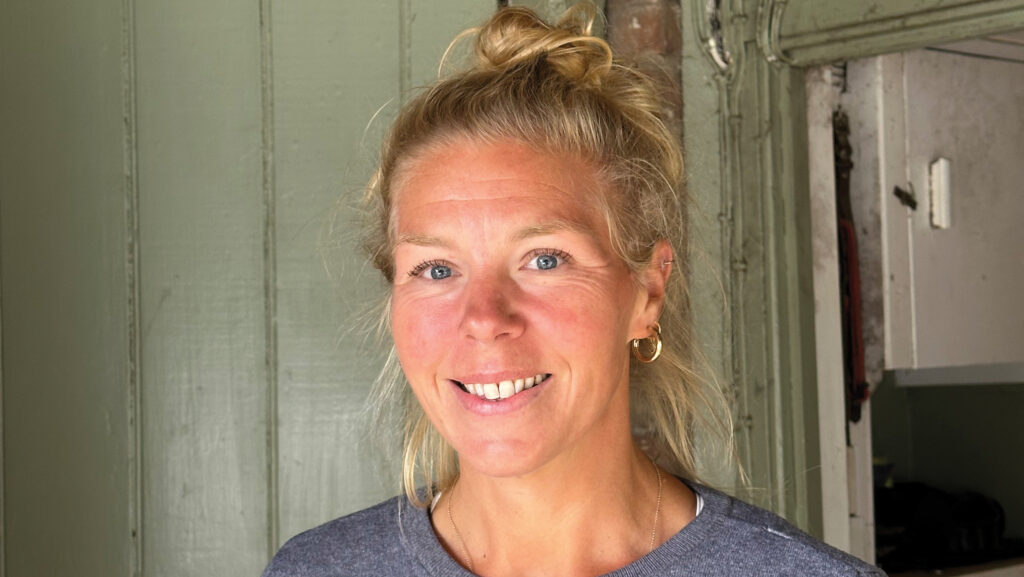
Lou Hulme © MAG/Judith Tooth
The tragedy was compounded by further loss: Edward’s uncle (who had been managing part of the farm’s arable operation) and his father died within two-and-a-half years of Edward.
Eventually, the Merton Farm tenancy, under Lou’s watchful eye, passed to AC Hulme & Sons, the wider family business directed by Edward’s brother, Tom.
Soon recognising her limitations, Lou delegated responsibility for arable and cattle management to Dan Baldock, who had worked for Edward since 2016.
“It was a fluid transition,” she says. “It’s really organised now, and I don’t need to be involved day to day.”
Legacy
Dan remembers Edward as “a gentle giant”. “He had a lot of bark, but he was very caring and would do anything for anyone.
“It was difficult challenging him, and he was stubborn and set in his ways. He was also weirdly open to new things – but they had to suit him.”
Shortly before he died, for instance, Edward invested in some embryos from the US.
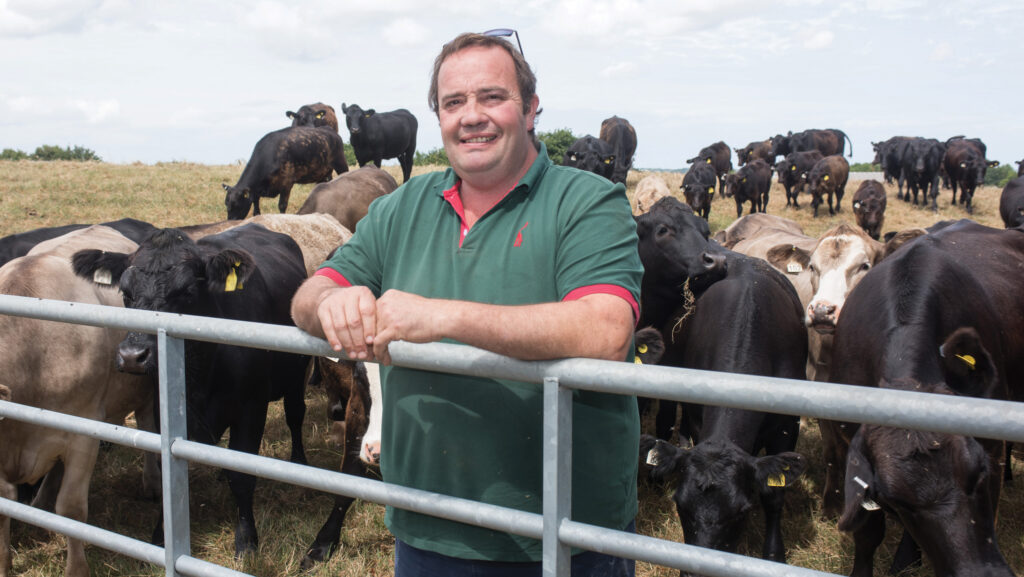
Edward Hulme © Hugh Nutt
The resulting calf – pedigree name Ace, but known as Thornton, Edward’s middle name – has turned into a “cracking bull”.
Five more bull calves were born the following year via embryo transfer (ET).
“This year, we used fresh semen from Thornton on 50% of the heifers, and we also have calves at-foot sired by him.
“The rest of the heifers were inseminated with straws from a pedigree stock bull,” says Dan, adding that all the heifers were then swept with other bought-in pedigree bulls.
Changes
By retaining more heifers and taking on more grazing, cow numbers have grown from 400 to 500, matching Edward’s ambition for the herd.
Other changes, however, might not have got his seal of approval. Yet they have been made because the new situation demands more accountability, says Dan.
“He was the boss, so he made the decisions. Now, decisions have to be justified, things are more structured and have to work.”
Nutrition
One change is to in-calf heifer nutrition to ensure good colostrum quality. Instead of moving straight onto hay at housing in November, heifers are fed a higher-energy ration of grass silage, maize silage and a small amount of barley.
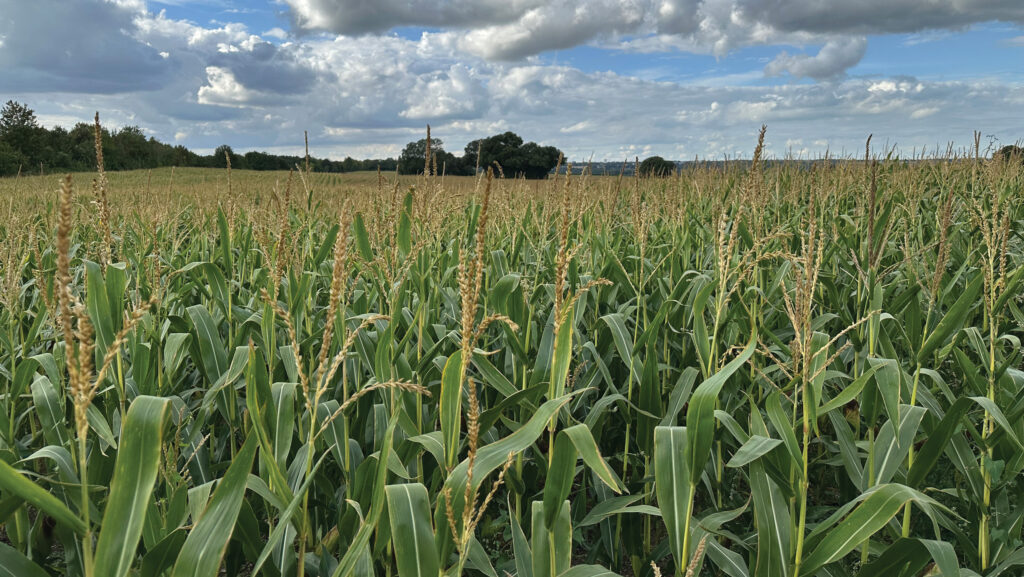
© MAG/Judith Tooth
Then, at Christmas, they switch to hay until calving starts around 10 February.
Top-up colostrum sachets, previously tube-fed routinely, are now given only when needed, avoiding unnecessary intervention and saving time.
Grass leys, previously grown in the arable rotation for seed, are now used to produce two cuts of silage followed by grazing for in-calf heifers.
Dan has also introduced herbal leys on some of the light coastal land rented each year for summer grazing on two-day moves.
“Last year, we put 30ha [74 acres] in, and that has been a life saver: the ryegrass was burning off.
“Now, the herbal plant roots are down, they’re growing well and getting moisture,” says Dan.
Feed wastage
Some 35ha (86 acres) of grain maize have replaced barley in the arable rotation this year to improve finisher ration palatability.
“Barley made the mix dry and fell through, so there was wastage,” says Dan, adding that they still had a crimping machine from when the farm first tried grain maize 15 years ago.
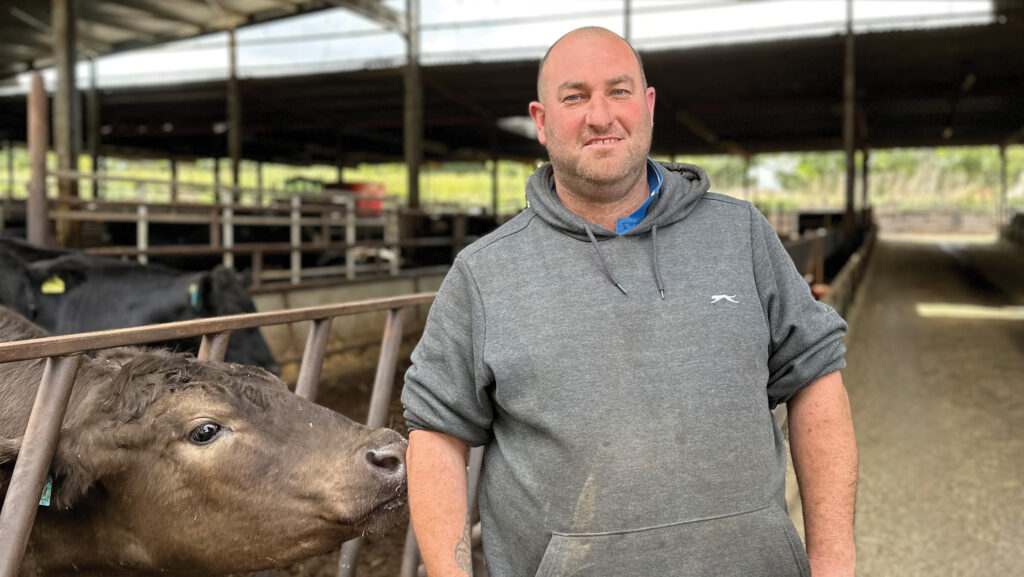
Dan Baldock © MAG/Judith Tooth
All cattle (apart from herd replacements) move onto a finishing ration five months before they are due to reach slaughter weight.
This year, they have been finishing at an average of 16.5 months, several weeks ahead of the target age of 18-19 months.
“We’re feeding twice a day now – 40% in the morning and the rest in the evening – as we’ve found it reduces wastage,” says Dan.
Next year, rather than keeping all the finishing cattle indoors from weaning, he plans to put a batch of 60 steers out to graze permanent pasture.
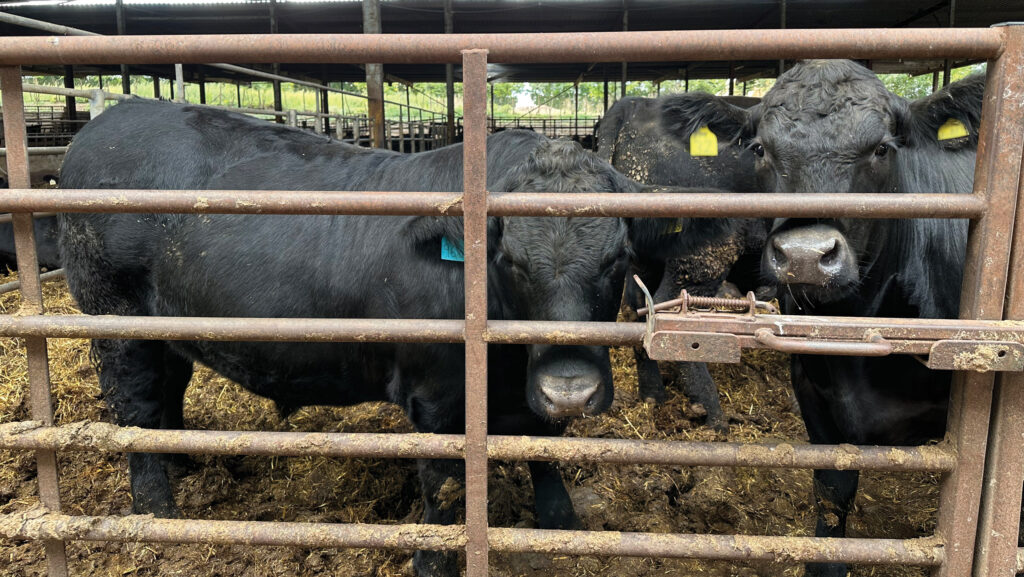
© MAG/Judith Tooth
“These will be the bigger-framed animals that it’s costing more to feed.
“They’ll go onto the finishing ration after grazing; they’ll finish later, but it will cost less to get there,” he reasons.
Data
While Edward insisted on assessing cattle by eye, an automatic weigh scale is now in regular use.
For example, four pens of finishing cattle are weighed monthly to ensure they are grouped as evenly as possible.
And heifers are weighed, as well as being pelvic scored, to help assess their suitability for breeding.
Data collection has also improved. Edward “didn’t do computers”, says Dan. Now, weights are uploaded directly to the farm’s software system.
This has helped get a firmer grip on overall performance of the suckler herd, and Dan says he is close to getting a cost of production, which he reckons will be about £500 a cow a year before rent and overheads.
“I’m thankful we’re as successful as we are – we wouldn’t have got here without Edward,” says Lou.
“Edward laid the best possible roots, but we’re probably doing better now.
“We’re growing and fertilising what he planted. I think he’d be very proud; he’d hate it, but secretly he’d love it.”
The numbers
- 10-12-week calving period
- 1.3kg average daily liveweight gain for finishing cattle
- 350kg target heifer weight for breeding to calve at 24 months
- 37t/ha forage maize yield in 2025
- 650-750kg finished weight of cattle sold to Dovecote
